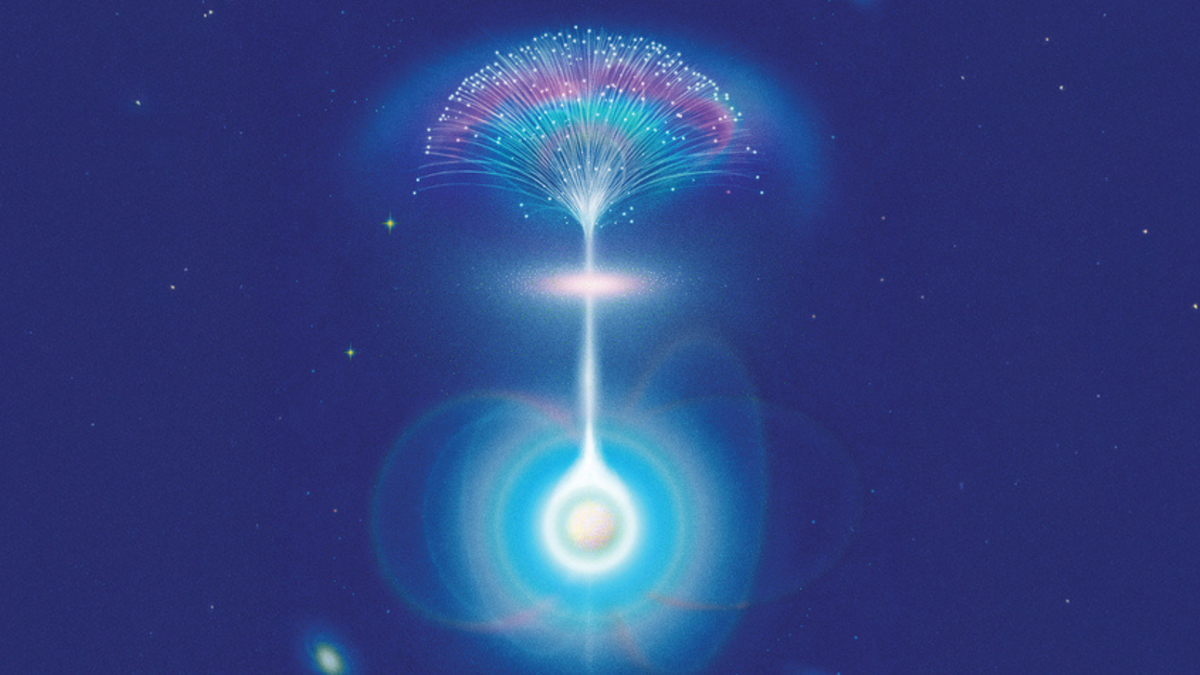Complex form of carbon spotted outside solar system for first time
Compounds called pyrenes have been detected in the Taurus molecular cloud
ESO
A complex form of carbon crucial for life on Earth has been spotted outside the solar system for the first time. Its presence helps show how the compounds needed for life could come from space.
The most abundant form of carbon in the universe is that found in carbon monoxide gas, but it is unclear how this turns into the complex compounds found in biological life, which typically contain stronger chemical bonds.
Astronomers have spotted asteroids – such as Ryugu – containing compounds with these stronger carbon bonds. It is thought that such space rocks may have delivered the ingredients for life to Earth, but the original source of these carbon-based compounds still isn’t well understood.
Now, Brett McGuire at the Massachusetts Institute of Technology and his colleagues have looked for and detected a complex, carbon-based molecule called pyrene in a star-forming region called the Taurus molecular cloud. At 430 light years away, this is one of the closest such clouds to Earth.
The researchers used the Green Bank Observatory in West Virginia to search for the radio signature of pyrene. Such molecules would be crucial intermediaries between carbon monoxide and complex carbon molecules in living organisms.
Pure pyrene isn’t that easy to detect clearly with radio waves, so McGuire and his colleagues instead looked for cyanopyrene, which is pyrene with an attached cyanide molecule, and compared it against the lab signature of cyanopyrene that they had also carefully produced and measured in the lab on Earth.
The cloud the researchers saw the cyanopyrene in is extremely cold, at about 10 degrees above absolute zero (-263°C), which means we are seeing these carbon compounds existing at a stage long before a star has formed, says McGuire.
“Now, we’re seeing both ends of this life cycle,” he says. We are seeing the chemical archaeological record in our solar system in asteroids and on Earth, says McGuire, “and now we’re looking back in time at a place where another solar system will form, and seeing these same molecules there forming. We’re seeing the start of the archaeological record.”
Assuming that the radio signal McGuire and his team observed from the Taurus molecular cloud is representative of elsewhere in space, it suggests that cyanopyrene is extremely abundant, and possibly one of the largest chemical reservoirs of complex carbon in the universe, he says.
Finding these molecules and the environment that they are in means that chemists can start sketching out the precise chemical reactions and pathways that eventually led to the building blocks of life on Earth, like nucleic acids, says Martin McCoustra at Heriot-Watt University, UK.
It isn’t straightforward to explain how the pyrene molecules form in the first place, he says. “What else is in that environment that would lead us to [pyrenes]? We’re seeing here a much richer understanding of complex chemistry tied up with these aromatic molecules.”
Topics:
Source link




